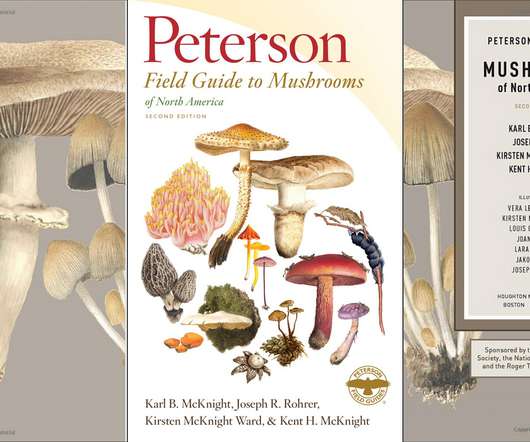The Secret Perfume of Birds: Uncovering the Science of Avian Scent–A Book Review
10,000 Birds
AUGUST 2, 2022
Whittaker’s adventures in olfactory research take unexpected turns into genetics, chemistry, and the halls of academia. ” (p. Also tubenoses and Kiwis can smell very well. It’s taken a critical mass of women scientists to be heard and to be respected.











Let's personalize your content